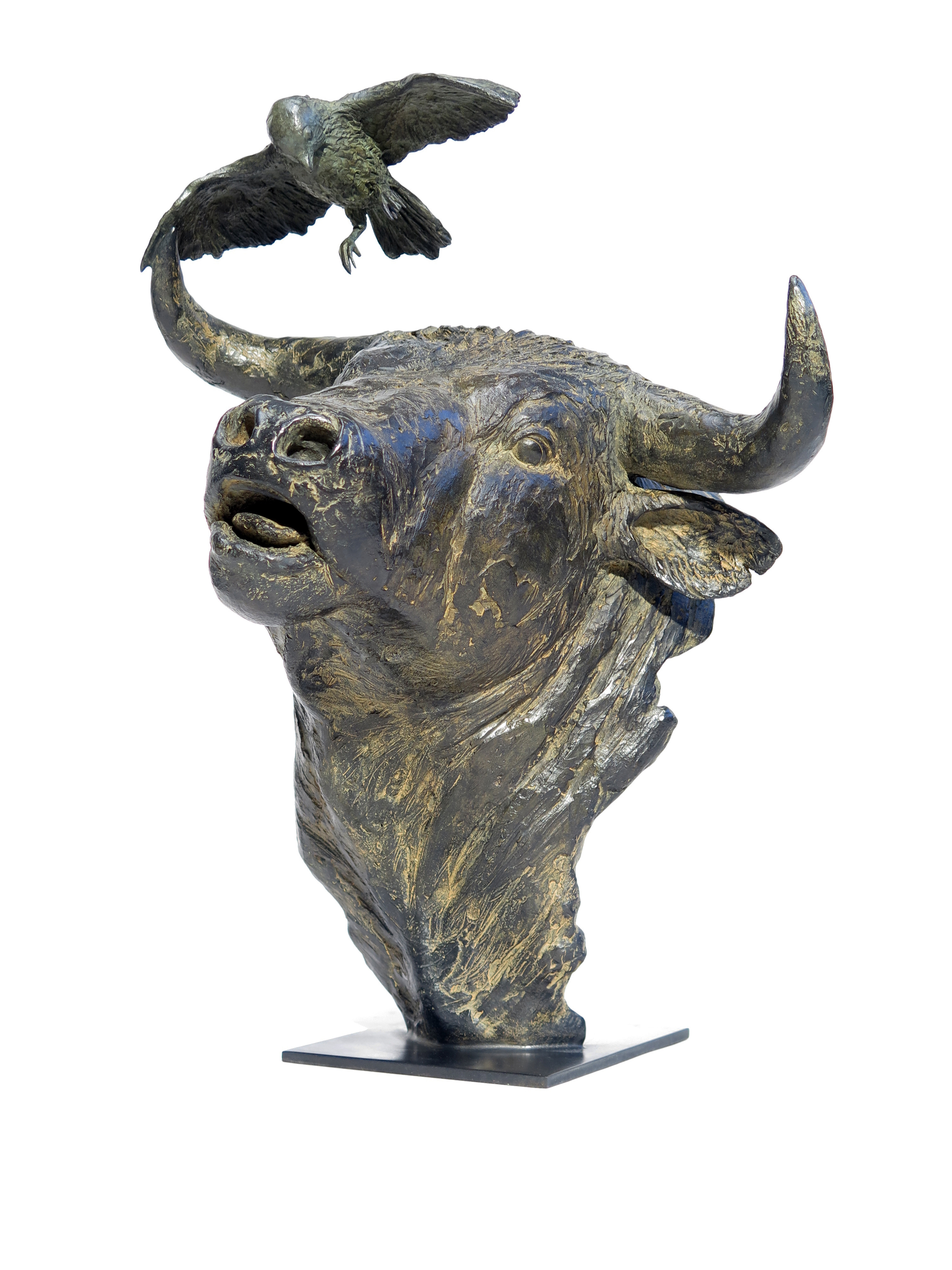PRIX François Pompon
October 2020
︎
Pompon - Biographie
Philippe Heim
Ville de Saulieu
Association Pompon
Musée François Pompon
October 2020
︎
Pompon - Biographie
Philippe Heim
Ville de Saulieu
Association Pompon
Musée François Pompon
What a surprise and what a joy invaded me during the SAB expo in Brussels last September.
I was awarded the François POMPON Prize by the City of Saulieu for my Bull and the Bird ! A huge honour for which the City of Saulieu and the Pompon Museum will organize a 3-month exhibition where my works will be displayed.
A very big thank you for their votes to the Mayor of Saulieu Martine MAZILLY, the Director of the Pompon Museum Cécile ZICOT, the Curator of the Museum Catherine GRAS, the Assistant of Culture Marie-Claude OVERNEY and the President of the Association François POMPON, Cyril BRULE.
Another big thank you to Philippe Heim, a talented gallery owner with whom I work, and Christine Goguet for handing over the prize.
![]()
![]()




